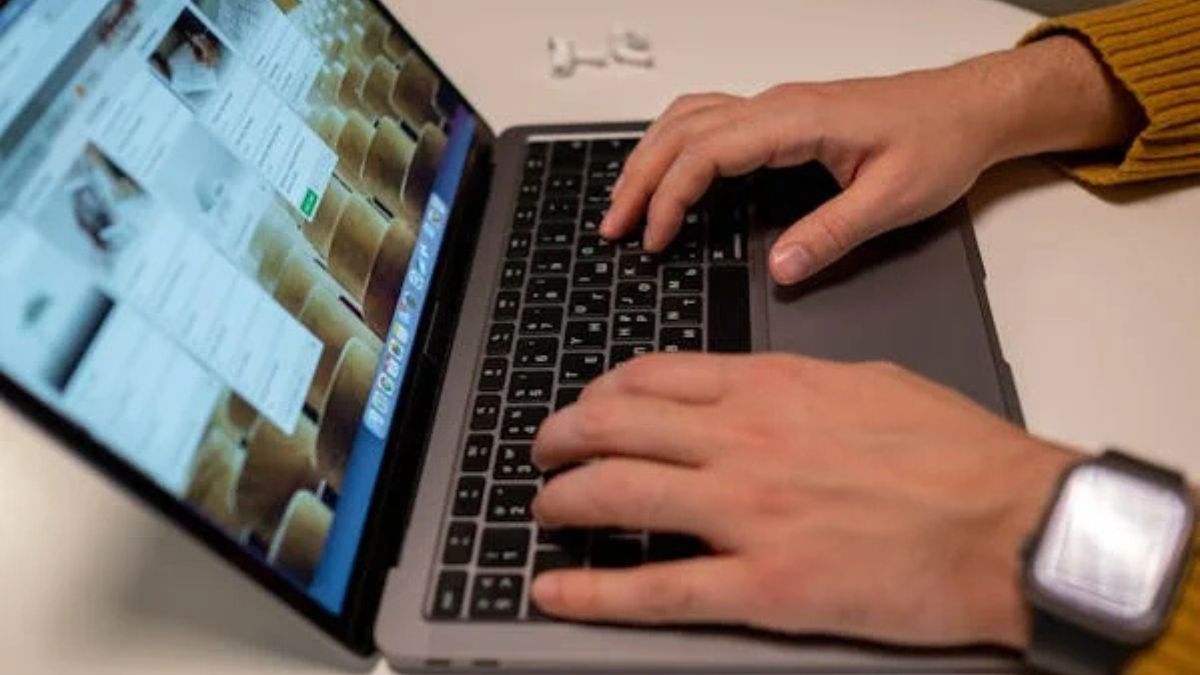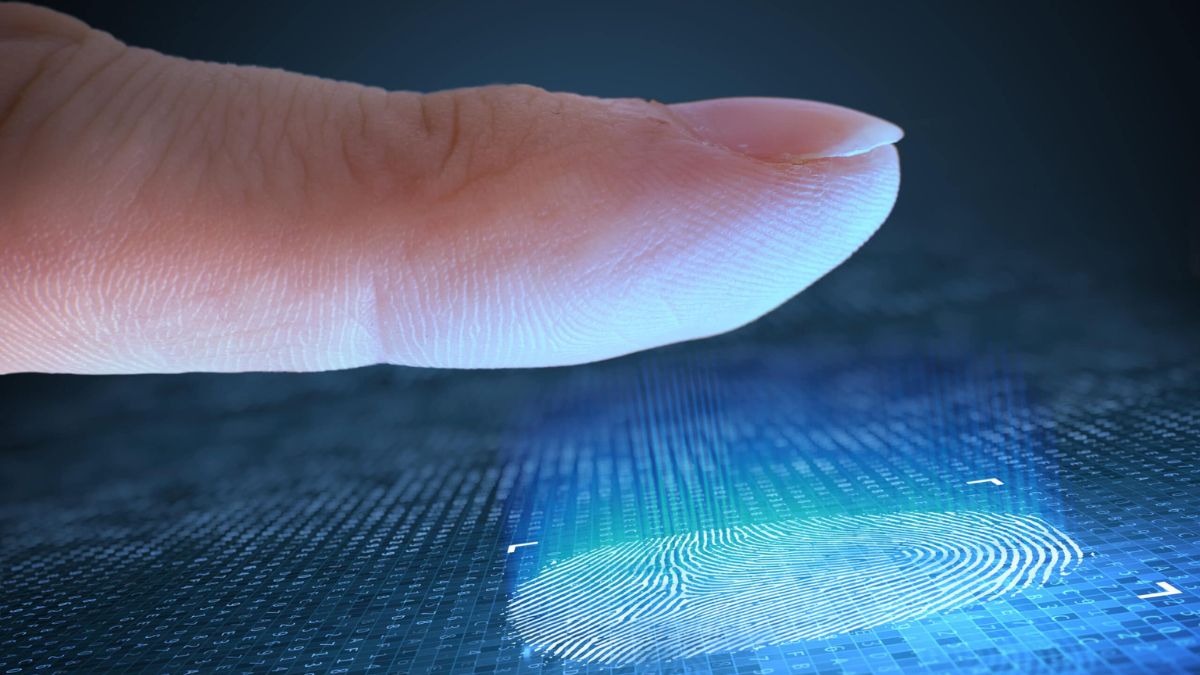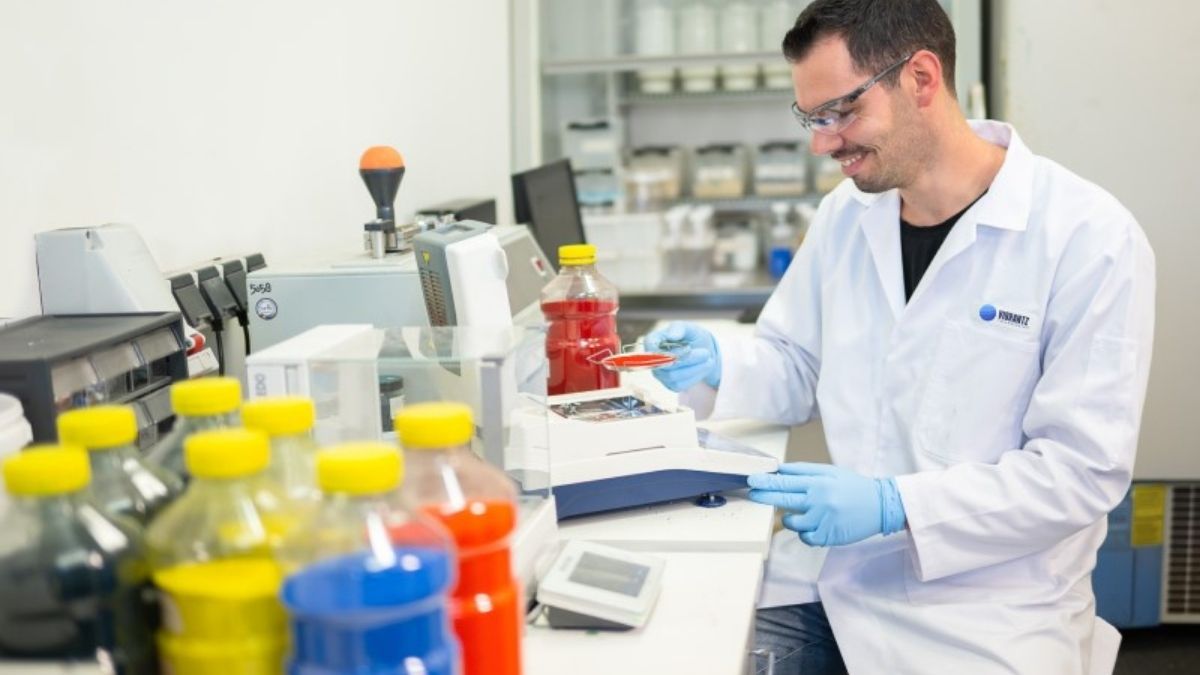Fingerprint technology has revolutionized the way we ensure security and identity verification. From unlocking your smartphone to securing sensitive information, this remarkable innovation is woven into our daily lives. But how did we get here? The journey of fingerprinting spans centuries, intertwining with crime detection and personal safety. Join us as we dive deep into the fascinating world of fingerprint technology, exploring its history, modern applications, and future potential. Get ready to uncover the intricate details behind those unique patterns that define who you are!
Fingerprint Technology
Fingerprint technology relies on the unique patterns found in each individual’s fingerprints. These intricate designs, formed by ridges and valleys, serve as a reliable biometric identifier. As one of the oldest forms of personal identification, it has evolved into a critical tool for security applications across various industries, enhancing safety and user verification processes.
History of Fingerprinting
Fingerprinting has a rich history, tracing back to ancient Babylon where fingerprints marked clay tablets. In the late 19th century, Sir Francis Galton established fingerprint uniqueness. This paved the way for criminal investigations as police began using prints to solve crimes. By the early 20th century, fingerprinting became an essential tool in law enforcement worldwide.
Earliest Analyzation of Fingerprints
The earliest analysis of fingerprints dates back to ancient Babylon, where clay tablets featured fingerprint impressions. Chinese officials used fingerprints for identification as early as 221 B.
C. This practice continued through history, evolving into a methodical approach by the late 19th century, laying the groundwork for modern fingerprint technology in forensic science.
Use of Fingerprints in Criminal Investigations
Fingerprints have been a cornerstone in criminal investigations for over a century. Their unique patterns make them invaluable for identifying suspects and linking individuals to crime scenes. Law enforcement agencies rely on fingerprint evidence to solve cases, providing crucial leads that can turn the tide of an investigation and deliver justice effectively.
Fingerprinting Comes to the United States
Fingerprinting made its way to the United States in the late 19th century. In 1901, Alphonse Bertillon’s system was replaced by fingerprints for identifying criminals. This shift marked a significant advancement in law enforcement techniques. By the early 20th century, police departments nationwide adopted fingerprint technology to enhance crime-solving capabilities and improve public safety measures.
Discover Life Scan Fingerprinting from CPI OpenFox
Life Scan Fingerprinting from CPI OpenFox offers state-of-the-art biometric solutions. Their advanced technology ensures accurate, fast, and secure fingerprint processing. Ideal for various agencies, this service streamlines identification processes while enhancing security measures. With a user-friendly interface, CPI OpenFox simplifies the fingerprinting experience for both providers and clients alike.
Fingerprint Technologies
Fingerprint technologies have revolutionized security and identification processes. They utilize unique patterns in human fingerprints to authenticate individuals. This innovation enhances safety, streamlining access control in various sectors. From smartphones to secure buildings, fingerprint systems offer a reliable solution for identity verification while reducing the risks associated with traditional methods like passwords or ID cards.
Welcome to Fingerprint Technologies
Fingerprint Technologies is at the forefront of modern security solutions. By leveraging advanced fingerprinting systems, we enhance identity verification processes across various sectors. Our innovations empower agencies and organizations to streamline operations while ensuring robust protection against unauthorized access. Experience cutting-edge technology designed for today’s safety needs with us.
Services Offered for Agencies and Programs
Agencies and programs can benefit from specialized fingerprint technology services tailored to their needs. These include comprehensive training, consultation on best practices, and integrated solutions for data management. By leveraging these offerings, organizations enhance their operational efficiency while ensuring accurate identification and security measures are upheld effectively in various environments.
Live Scan Services
Live Scan services offer a modern approach to fingerprinting. This electronic method captures high-quality fingerprints without the mess of ink. It streamlines the process, allowing for quicker background checks and accurate results. Agencies benefit from faster processing times, making it ideal for employment screenings, licensing, and security clearances in various industries.
Payment Options Accepted
CPI OpenFox offers multiple payment options for convenience. Clients can choose from credit cards, debit cards, and electronic checks. This flexibility ensures that agencies and individuals can easily access fingerprint services without hassle. Streamlined payments enhance the overall experience while maintaining security and efficiency in processing transactions. Choose what suits you best!
Fingerprint Recognition and Biometrics
Fingerprint recognition stands at the forefront of biometrics, offering a secure method for authentication. By analyzing unique ridge patterns, it enables accurate identification. This technology enhances security across various applications, from personal devices to high-security facilities. Its reliability and efficiency make fingerprint biometrics an essential tool in today’s rapidly evolving digital landscape.
Understanding Fingerprint Biometrics
Fingerprint biometrics is a security technology that analyzes unique patterns on an individual’s fingertips. Each fingerprint has distinct ridges and valleys, making it incredibly reliable for identification. This method offers a blend of accuracy and convenience, streamlining access control in various applications from smartphones to secure facilities, ensuring only authorized users can gain entry.
Biometric Authentication & Security
Biometric authentication enhances security by using unique biological traits. This method is difficult to replicate, making unauthorized access challenging. Fingerprints, facial recognition, and retinal scans are common types of biometrics employed in various industries. As cyber threats grow, these technologies offer a robust layer of protection for personal and sensitive information.
How Fingerprint Biometrics Work
Fingerprint biometrics work by capturing the unique patterns of ridges and valleys on a person’s fingertip. A scanner reads these features, converting them into digital data. This information is then compared against stored templates to verify identity. The process is quick and provides high accuracy, making it a trusted method for secure access.
Benefits of Fingerprint Biometrics
Fingerprint biometrics offer enhanced security through unique identification. They simplify user authentication, making access quick and convenient. With minimal risk of duplication, fingerprints reduce fraud and unauthorized entry. Additionally, this technology is non-invasive and easy to implement across various platforms, from smartphones to secure facilities, providing peace of mind for users everywhere.
Applications of Fingerprint Biometrics
Fingerprint biometrics are widely used across various sectors. They enhance security in smartphones and laptops, streamline access control in offices, and support identity verification at airports. Financial institutions leverage fingerprints for secure transactions. Additionally, healthcare facilities utilize this technology for patient identification, ensuring accurate records and safeguarding sensitive information from unauthorized access.
Visitor Identification with Fingerprinting
Fingerprint technology revolutionizes visitor identification. It provides a reliable and efficient way to verify individuals at entry points. By capturing unique fingerprint patterns, organizations can enhance security measures, reduce unauthorized access, and streamline check-in processes. This method not only improves safety but also fosters trust among staff and visitors alike in various environments.
Identify Every Visitor
Fingerprint technology allows for precise visitor identification. By analyzing unique fingerprint patterns, organizations can recognize individuals quickly and accurately. This eliminates confusion and enhances security measures. With every touch, businesses gain valuable insights into their visitors, fostering a safer environment while streamlining access control processes seamlessly. It’s an innovative step toward efficient management of visitor interactions.
Stop Fraud and Detect Bots
Fingerprint technology plays a crucial role in stopping fraud and detecting bots. By analyzing unique fingerprint patterns, systems can distinguish real users from automated scripts. This leads to enhanced security for online transactions and user interactions, ensuring that only genuine individuals access sensitive information or services. Trust is restored through advanced verification methods.
Building Safe Products with Fingerprinting
Fingerprint technology enhances product security by ensuring only authorized users can access sensitive information. By integrating biometric authentication, companies create safer environments and reduce the risk of unauthorized entry. This approach not only protects data but also boosts user confidence in the integrity of their systems, leading to a more secure overall experience.
Case Study: Fingerprint Implementation in Dropbox
Dropbox enhanced its security by integrating fingerprint technology for user authentication. This implementation allows users to access their files quickly and securely with just a touch. By leveraging biometric data, Dropbox minimizes the risk of unauthorized access while providing a seamless experience that prioritizes convenience alongside robust security measures.
Fingerprint Biometrics: Security Measures
Fingerprint biometrics security relies on unique patterns for authenticating users. Key concepts include minutiae points and ridge endings, which create a distinct profile. Advanced encryption techniques safeguard data during transmission and storage. Continuous advancements enhance reliability, making fingerprint recognition an integral part of secure technologies across various sectors, including finance and healthcare.
Overview of Fingerprint Biometrics Security
Fingerprint biometrics security offers a robust layer of protection by using unique patterns for identification. This technology ensures that only authorized users can access sensitive information or areas. With advances in encryption and data storage, fingerprint systems provide reliable solutions against unauthorized access, making them essential in modern security frameworks.
Key Concepts in Fingerprint Security
Fingerprint security relies on unique patterns for identification. Key concepts include ridge endings, bifurcations, and minutiae points that create a distinct fingerprint profile. This biometric method ensures high accuracy and reliability in authentication systems. Additionally, secure storage of fingerprint data is vital to protect against unauthorized access and potential breaches.
Implementation in Secure Technologies
Fingerprint technology has become integral to secure technologies across industries. Its ability to uniquely identify individuals enhances security protocols in devices, financial systems, and confidential data access. By integrating fingerprint biometrics, organizations can streamline authentication processes while minimizing unauthorized access risks, ensuring a higher level of protection for sensitive information and assets.
Case Studies and References
Fingerprint technology has transformed the way we approach security and identification. Various case studies showcase its effectiveness across industries. For instance, organizations like Dropbox have successfully integrated fingerprint biometrics to enhance user security. References from law enforcement agencies demonstrate how fingerprinting remains a reliable tool in criminal investigations. These examples illustrate the growing trust in biometric solutions for safeguarding sensitive information and ensuring safety. As technology evolves, so does the potential of fingerprint systems in our daily lives and professional environments.











